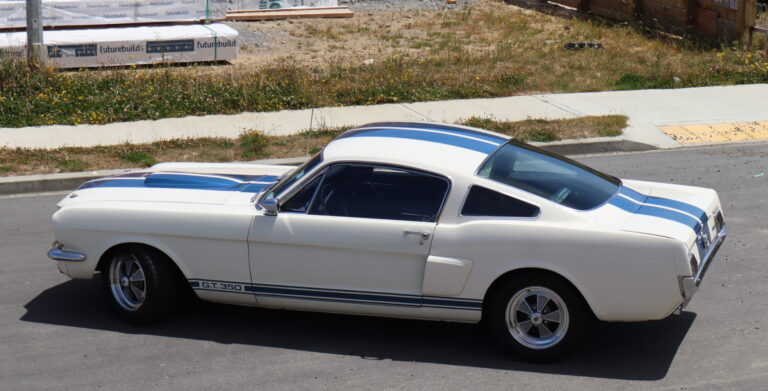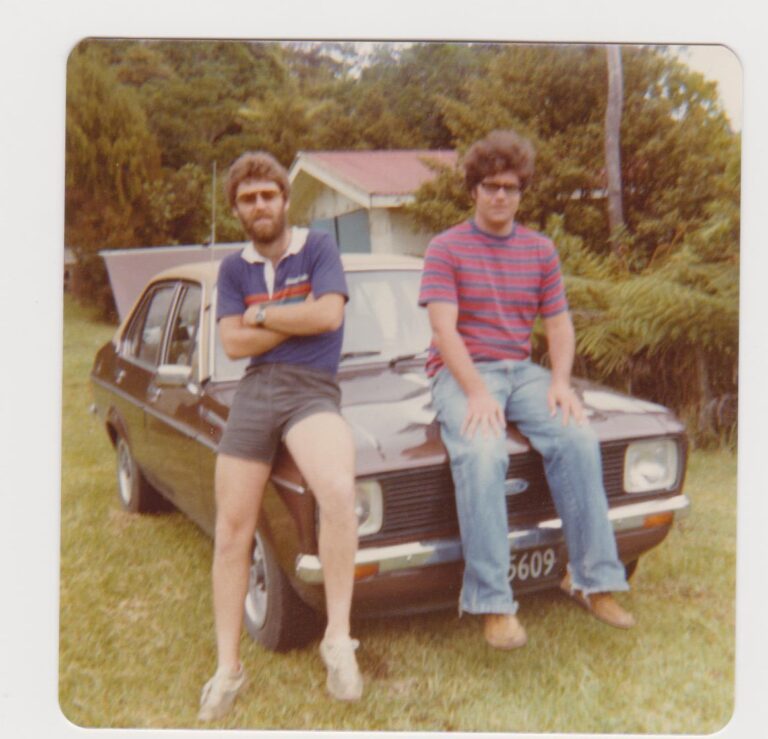At the 2016 Geneva International Motor Show, being held over March 3–13, Aston Martin CEO Andy Palmer announced plans to refresh Aston Martin’s entire line-up, as well as sharing plans to add three new models to the range by 2020.
Aston Martin is looking to not just retain the heritage of ‘beautiful, powerful, handcrafted cars’, but also future-proof the brand in a changing motoring landscape. The new plan for Aston Martin is built on four product pillars: sports cars, a new crossover, saloons, and a growing range of specialist-series limited-volume vehicles.
The first of these changes is the DB11, which was released in early March in Geneva, with a barnstorming 5.2-litre twin-turbo V12 putting out 539hp/620Nm.
The next release will be Aston’s ‘sports crossover’, the DBX, which is to be built at a brand-new production facility in Wales.
We’re looking forward to the arrival of the DB11 in New Zealand, which will apparently be towards the end of 2016.



